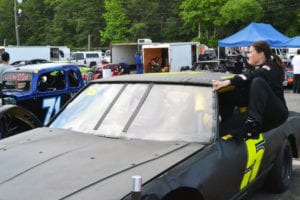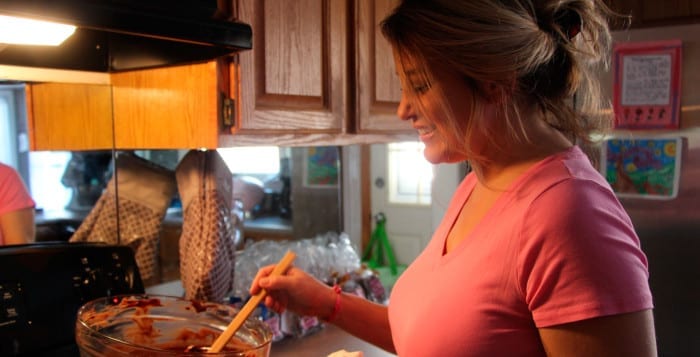The recently aired story of Queen Elizabeth II’s uncle forcefully reminded me of my mother. I was probably thinking of my mother, since it would have been her birthday this past Monday. She was born in 1906, one year after Prince John. The sixth and last child of the then-Prince of Wales and Mary — by 1910, King George V and Queen Mary — young John was a handsome but unusually rambunctious member of the House of Windsor. That may have had something to due with his diagnosis of epilepsy at age 4.
From that time, Prince John lived increasingly out of public view, looked after by a governess, and there are no official portraits of him after age 8. He died from a severe seizure when he was just 13 years old. Only then was his illness disclosed to the general public along with his learning disability, and on some official family trees of the royals his name was erased altogether.
It was not at all unusual at that time and through much of the ensuing 20th century for families to hide their imperfect children. Often those were separated from their families and sent to institutions, where they died, perhaps from inattention or wanton neglect. Another such prominent family with a less-than-perfect child was that of Arthur Miller, the acclaimed writer of morality plays. He and his third wife had a mentally retarded son who was separated from his parents and sister, given over to the care of an older, childless couple and barely acknowledged, an apparent embarrassment to his cerebral father.
Into this world my younger sister, Maxine, was born in 1942. She was diagnosed with Down syndrome almost immediately, and my mother’s highly regarded New York City obstetrician advised my parents to “do yourselves a favor and throw her into the nearest garbage can.” We live in an entirely different world today, made so by much of the investigative reporting of journalists like Geraldo Rivera and his expose of terrible and unconscionable conditions at the Willowbrook State School on Staten Island in the 1970s. The courageous outing of their disabled sister by the Kennedys in the 1960s was also a transformative moment in this change from hiding away children with handicaps to helping them develop as humans entitled to their lives.
Fully supported in her decision by my father, my mother fiercely insisted that my sister had every right to be loved and brought up alongside her other two children. She then devoted the rest of her life to caring for and teaching Maxine to the extent possible.
There were no public schools to help the mentally challenged at the time any more than there were facilities to aid those with physical disabilities. But my mother, with infinite patience, taught my “profoundly retarded” (that was her diagnosis) sister to read and do simple arithmetic on perhaps a second-grade level. In addition, Maxine was accepted into a private school for those with disabilities run by the Catholic Church in Brooklyn, which further helped her development.
My sister was a delightful member of our family with a wickedly good sense of humor and a heart full of kindness and love. She enriched all our lives and lived until 2008, something of a record for those with Down syndrome.
Maxine was unlucky to be born with a severe disability and in the first half of the 20th century. But she was incredibly lucky to have my father and mother as her parents. My mother completely ignored the stares of passersby on the streets and on the buses of New York who had never before seen a person with Down syndrome. She valiantly withstood the ire of her sisters, who emotionally urged her to “put Maxine away,” the euphemistic phrase for institutionalizing, because she would ruin the good marriage prospects of the next generation if she were seen. And she integrated Maxine into her daily life to the edification of the neighborhood, whose residents came to greatly respect my parents and enjoy Maxine.
Happy Birthday, Mom.











